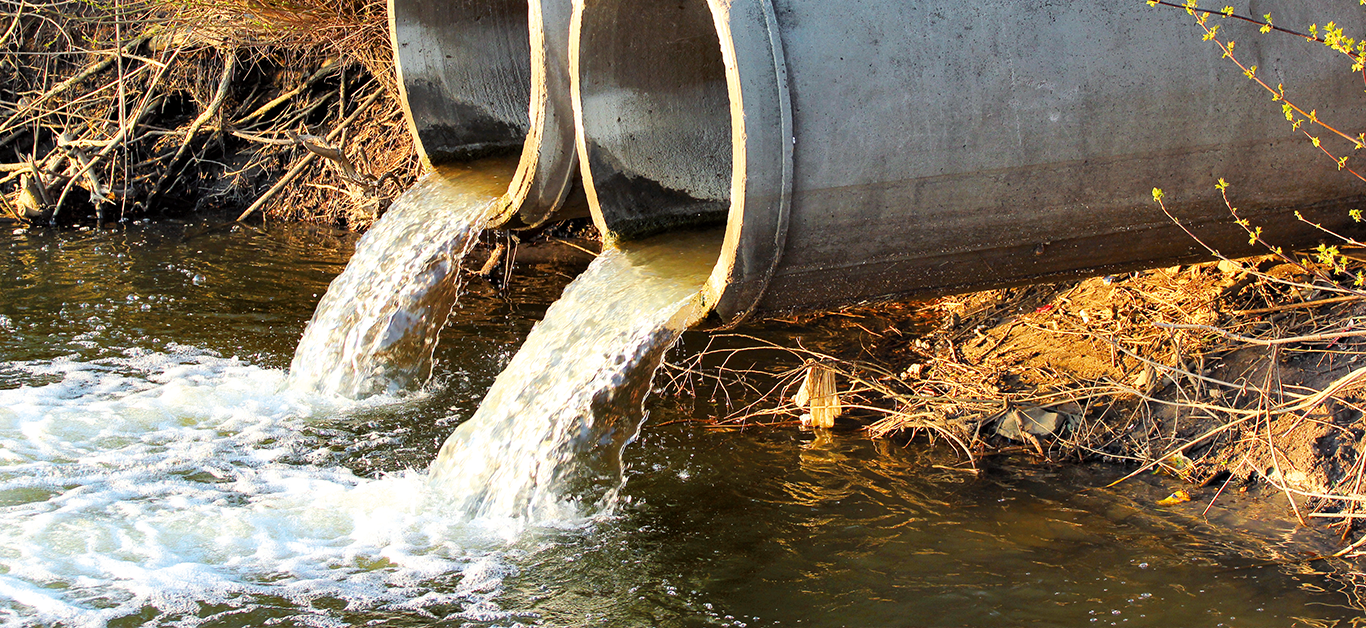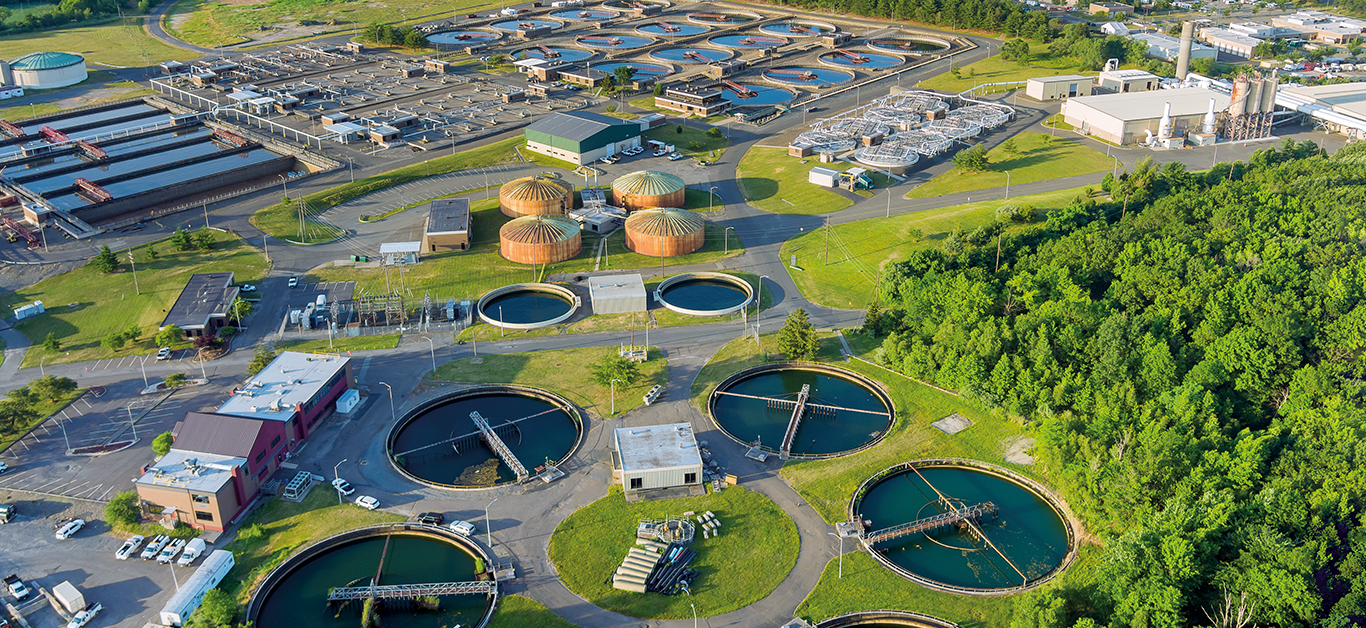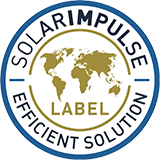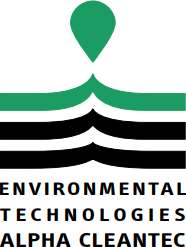
OUR TEAM
Alpha Cleantec Experts have in-depth knowledge and experience in the fields of environmental solutions, petroleum geology, chemistry, and engineering.
VISION
To pass on a better planet to our children by providing technologies for a sustainable future.
We provide safe, green, rapid, efficient and cost-effective technologies to resolve environmental harms and hazards caused by human and industrial activities. We aim to become a leader in the fields of soil and groundwater remediation, water and wastewater treatment, railway ballast maintenance, vegetation control, biogas production upgrade and surface cleaning.
OUR ENVIRONMENTAL TECHNOLOGIES
Innovative in-situ chemical oxidation processes developed in collaboration with renowned scientists and experts and the support of the Casali Institute of Applied Chemistry, Hebrew University of Jerusalem, Israel, one of the leading research centers in the field of applied chemistry and related industries.
Alpha Cleantec technologies efficiently treat a wide range of soil and water contaminants from petroleum hydrocarbons and chlorinated solvents to cosmetic and pharmaceutical leftovers and by-products. Contaminants with concentration of up to 100,000 ppm can be successfully treated meeting local regulation requirements.
All Alpha Cleantec proprietary technologies are duly patented in the national phase. Independent tests carried out by TÜV Süd, Germany, have proven the efficiency of our technologies and their harmlessness to the environment.
Alpha Cleantec technologies efficiently treat a wide range of soil and water contaminants from petroleum hydrocarbons and chlorinated solvents to cosmetic and pharmaceutical leftovers and by-products. Contaminants with concentration of up to 100,000 ppm can be successfully treated meeting local regulation requirements.
All Alpha Cleantec proprietary technologies are duly patented in the national phase. Independent tests carried out by TÜV Süd, Germany, have proven the efficiency of our technologies and their harmlessness to the environment.
THE TECHNOLOGIES

Soil treatment and Soil Remediation

Railway Vegetation Control and Railway track treatment

Wastewater treatment and Groundwater treatment

From sludge to biogas

Surface cleaning

Nuclear wastewater treatment
ACT’s aim is to resolve the manifold problems of contaminated environments, thereby becoming a leader in the fields of soil and groundwater remediation, wastewater treatment, railway ballast maintenance and surface cleaning.
THE BENEFITS OF OUR TECHNOLOGIES ARE:
| Granted Patents | |
| Efficient Treatment of a wide range of contaminants (BTEX, PAH, CHC, PCB, Herbicides) with high conversion rates (> >90%) | |
| Fast Elimination of contaminants in minutes to hours | |
| Green Decontamination without toxic by-products | |
| Carbon footprint Insignificant CO2 footprint | |
| SMALL EQUIPMENT FOOTPRINT |
| LOW CAPEX AND COST-EFFECTIVE | |
| NON-DISRUPTIVE Treatment proceedings do not restrain the continuous use of and safe work on site equipment’s | |
| ENERGY REQUIREMENT Very low electricity requirement | |
| SAFE For users and environment | |
| SUITABILITY Adaptable to existing equipment and process |
POTENTIAL APPLICATIONS:
| Crude oil and organic spills | |
| In situ cleaning of railway ballast | |
| Groundwater treatment | |
| Factories and industrial parks | |
| Refineries and military bases | |
| Industrial wastewater | |
| Vegetation control on roads and infrastructures |
| Hospital wastewater | |
| Historical industrial areas | |
| Gasoline stations | |
| Municipal and industrial wastewater facilities | |
| Soil treatment facilities | |
| Decontamination of water and groundwater from organic materials and Glyphosate leftovers |
| Private and public service stations | |
| Weed control | |
| Municipal and industrial waste landfills | |
| Wastewater plants, and biogas generation units | |
| Surface cleaning | |
| Decontamination of water with nuclear leftovers (nuclear power plants and facilities) |






